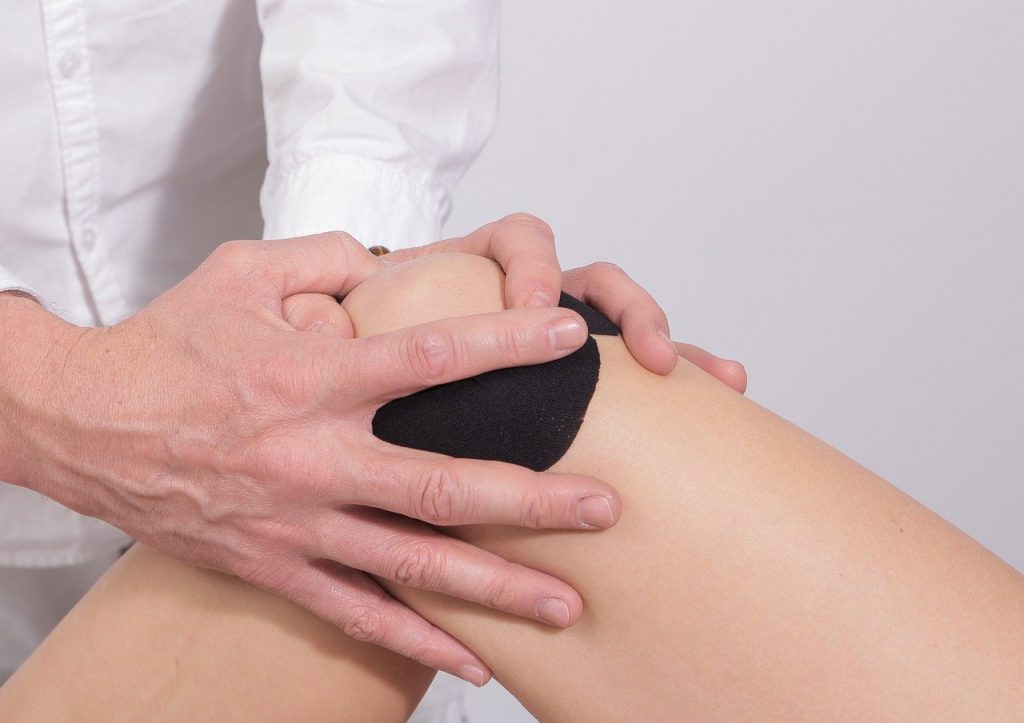
As a young active woman, I thought I would not have to worry about knee problems for decades. My knees started to ache for some reason.
It was negligible in the beginning and would disappear after a few days. Then, it became worse and I just couldn’t ignore it anymore. I also heard a strange grinding sound that definitely was not normal.
Living with knee pain is not easy at all. I never realized the huge role the knees play in my overall mobility. Even if I was just walking straight for a few minutes, it would just start to hurt.
I tried to incorporate exercises that I thought would help but at some point, I realized I needed expert advice. This is when I opted for South Yarra physio service to solve my knee pain professionally.
My last visit to the doctor led me to consult a physiotherapist. I was not interested in treating my pain with medication, especially since I was experiencing chronic pain.
Instead, I wanted to learn how to live with the pain, understand where it comes from, and figure out how to overcome or treat it. A visit to the physiotherapist seemed the best way to achieve those goals.
My First Meeting With The Physiotherapist
When I sat down at the clinic for the first time, I was very excited to talk about my pain and to understand more about it. True enough, I had to answer many questions about myself, my lifestyle, exercise routine, and the history of the pain.
I felt a bit ashamed having waited so long to have asked for help, especially as I talked about how many months I tried to ignore the pain or deal with it using very ineffective methods.
My physiotherapist told me that I was not alone, that many people did exactly the same. After all, I was young and active, and knee pain just is not common with people like me. Interestingly, there are many causes of knee pain, and some of them are not related to old age at all.
While we did talk about possible reasons for my knee pain, we did not come to any definite conclusion. But my physiotherapist’s assessment ruled out serious conditions like arthritis, so it was most likely due to injury or my lifestyle.
How My Knee Pain Was Treated By My Physiotherapist
During this first visit, we touched on possible treatment approaches. I was surprised when I was asked about my daily habits and schedule because my treatment was personally tailored to that. This is because, beyond my visits to the physiotherapist, I needed to continue the exercises at home.
This also helps ensure that I will not stop when the sessions become less. The goal is to introduce movements and changes that will reduce the pain and treat it long-term. Here were some of the steps that were introduced.
1. Increasing Range Of Motion
Most of the time, the pain is due to stiff knees. It will also manifest in weakness and worse mobility. To reduce the pain, I had to do exercises that will very slowly improve my range of motion. The intensity increased over time until I did not feel any stiffness or movement limitations.
2. Strengthening The Muscles
I did not realize that knee pain can be due to inhibited thigh (quadriceps) muscles. Adding exercises to make these muscles stronger also pushed the pain away.
3. Releasing Soft Tissue Restrictions
Other causes of knee pain can be scar tissue, inflammation, or muscle imbalance. What they all have in common is the possibility of a tight issue. By releasing these restrictions on the soft tissue, they will loosen up and reduce the pain almost magically.
4. Bracing Or Strapping
While this was not necessary in my case, I learned that using a tape or a brace can help the knee greatly. It will stop the pain and inflammation and allow the source of the pain to be identified and addressed.
5. Modifying Activity
My physiotherapist believes the pain stemmed from bad posture and walking behavior. I was simply putting too much stress on the knee to a point it started to hurt a lot.
It might have started from an injury or years-long poor walking stance, but whatever the reason was, one of the strategies was to change my activities. The goal is to reduce the inflammation and swelling by modifying my activity and avoiding stress on the knee.
Conclusion
My physiotherapist handled my pain professionally and effectively so that I could easily move around the house without all the aching.
And because I learned so much about how my habits and even my posture, including how this contributes to knee pain, I am now armed with the knowledge to keep knee pain at bay.
